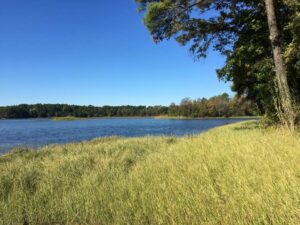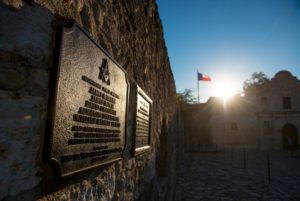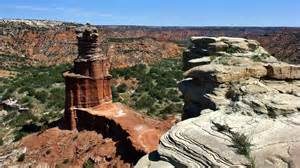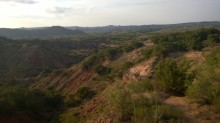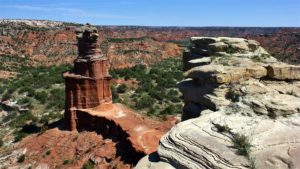MARTIN CREEK LAKE STATE PARK, Texas –– My wife and I some time ago declared ourselves to be in love with the Texas Parks & Wildlife Department.
Specifically, we love the state parks system.
We have discovered what we believe is one of TP&W’s hidden treasures. Martin Creek Lake State Park is about a three-hour drive from our home in Princeton. We made the drive and then found this gem of a public park.
One minor difficulty proved to be no difficulty at all: Every spot in the park is a back-in space, meaning we had to back our fifth wheel into the space we had reserved. It turned out to be wide enough, roomy enough and, by golly, we got ‘er done!
However, the scenic nature of this park is quite stunning.
As we have found with all the Texas state parks we have visited since we took up RV life in retirement, this one is well-maintained, well-groomed and well-managed. There are plenty of scenic hiking trails throughout the park, which isn’t a large park.
What’s more, there is plenty of space between RV campsites. There’s no crowding of folks parked right next to the site next door.
So help me, I recommend to all of our Texas-resident friends that the state park system is worth using.
My wife and I make notes of those parks we intend to visit again when we see them for the first time. Martin Creek Lake has just elbowed its way to the head of the line of return-visit locations.
We love this place!
